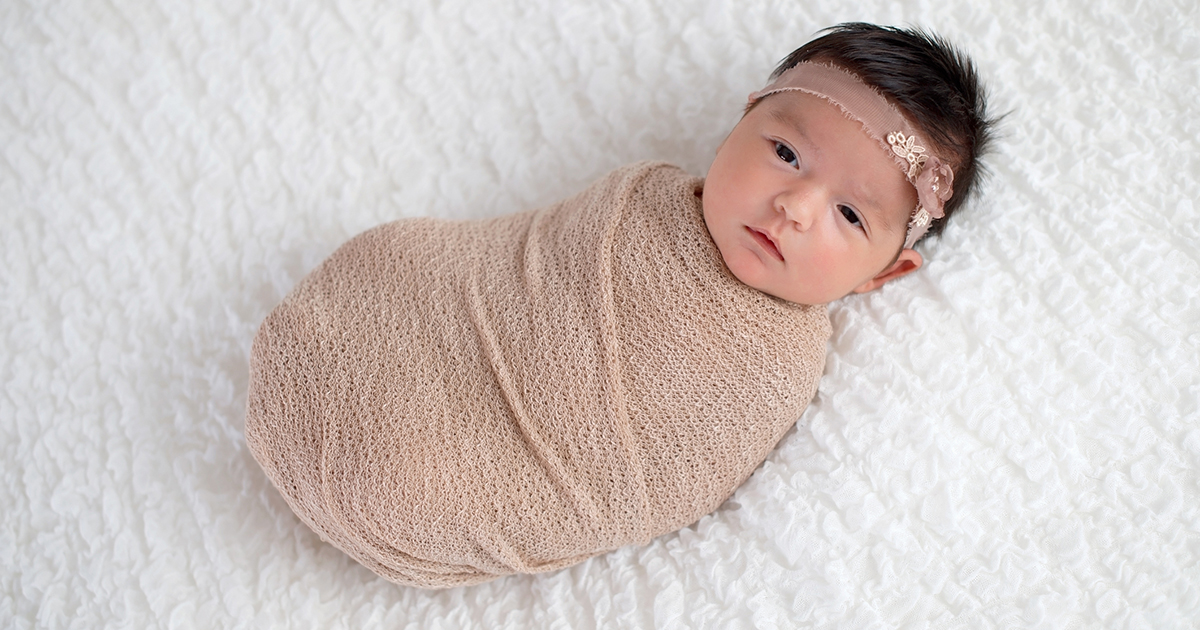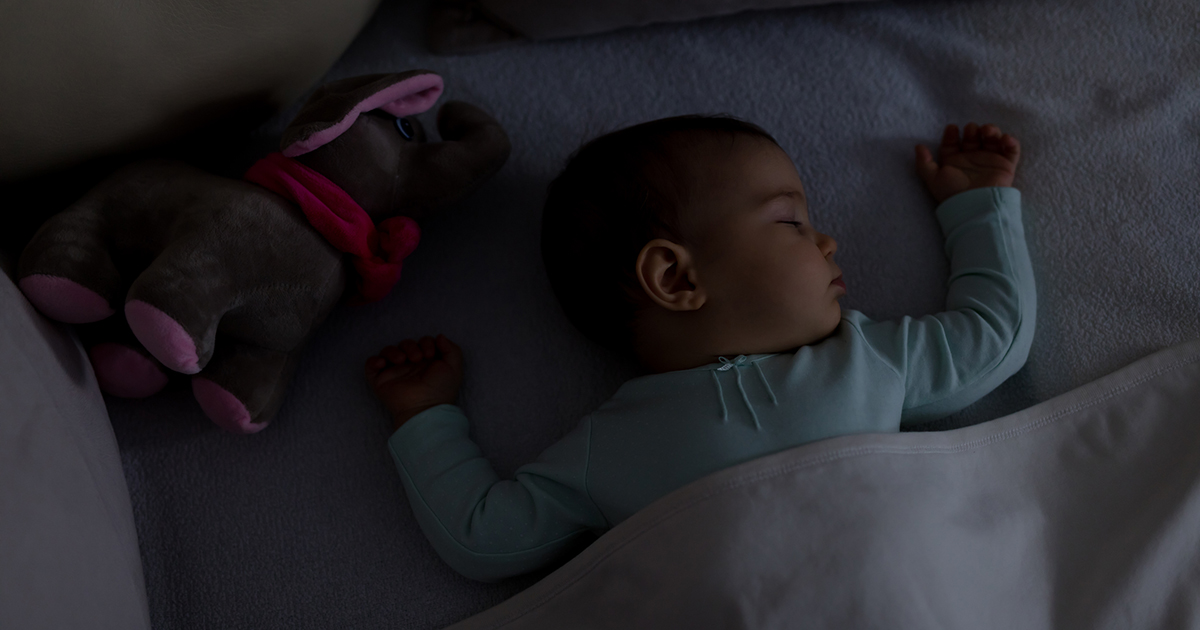Tips To Help Your Baby Fall Asleep
A newborn baby is one of the greatest joys in life and an exciting time for everyone in the household. Unfortunately, it's hard to experience every special moment because most newborn babies may sleep for most of the day and seem to not sleep at night. Thankfully, your baby will eventually stay awake for longer periods during the day and sleep through the night. Most babies will start to sleep through the night at four to six months old. You should try to sleep when the baby sleeps, because it may be the only time you can rest. In the meantime, there are ways to maximize the length and quality of your baby's sleep. Below are a few stunning tips to help your baby fall asleep faster and snooze for longer.
Swaddle & Cuddle

Swaddling is done by snugly wrapping your baby in a blanket, creating a similar sensation to being in the womb. It's a secure, relaxing feeling and helps them fall asleep. Swaddling has many advantages and can be used to help your baby get to sleep during the first couple months. Babies tend to flail their legs and arms while sleeping and they can inadvertently awaken themselves, as they do not yet have control of their limbs. This is referred to as the startle reflex. Swaddling keeps their limbs in place, but you must be careful not to wrap the blanket too tightly, especially in the hip area. Be sure to always monitor your baby while swaddling because the blanket can come unwrapped. Any loose articles in the crib can increase the risk of smothering, suffocation, or sudden infant death syndrome (SIDS). Babies also love to be cuddled before naptime. This is fine for the first few months, and you can swaddle or cuddle your newborn baby to help them sleep, but also find alternate methods of comfort. Your long-term goal should be teaching your baby to self-soothe to sleep.
Adjust Lighting

Babies fall asleep much faster in a dimly lit environment, which is one of the conditions that made their time in the womb feel calm and relaxing. Darkness triggers the release of melatonin, a key hormone to promote sleep and the beginning of establishing a circadian rhythm. You want your baby to eventually figure out the difference between day and night, and that nighttime is for sleeping. Daytime should be kept bright versus the darkness of late evening and night. During daytime hours, expose your baby to lots of sunlight by opening the shades or taking them outside. If the sunlight interferes with your baby's sleep schedule, adjust lighting by installing room-darkening shades. When its time to wake up, open the curtains to let in sunlight to help your baby associate light with being awake. Help your baby realize when it's time to sleep by keeping their surroundings dark. Lower the lights in the evening for an hour or two before bedtime to set the mood. Your baby will eventually figure out when it's time to sleep if you keep the days bright and the nights dark.
Continue reading to learn how to use white noise and music to your advantage.
